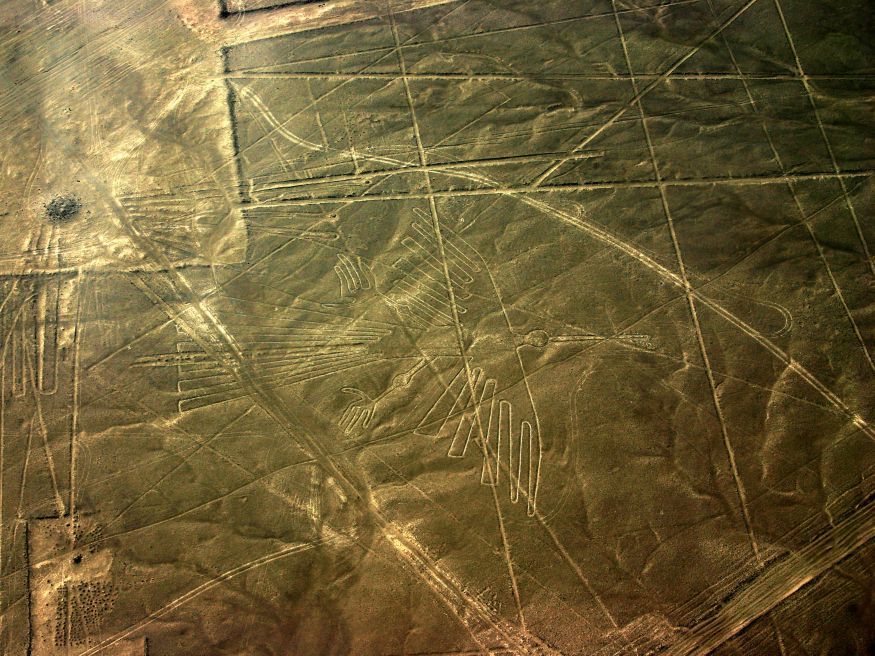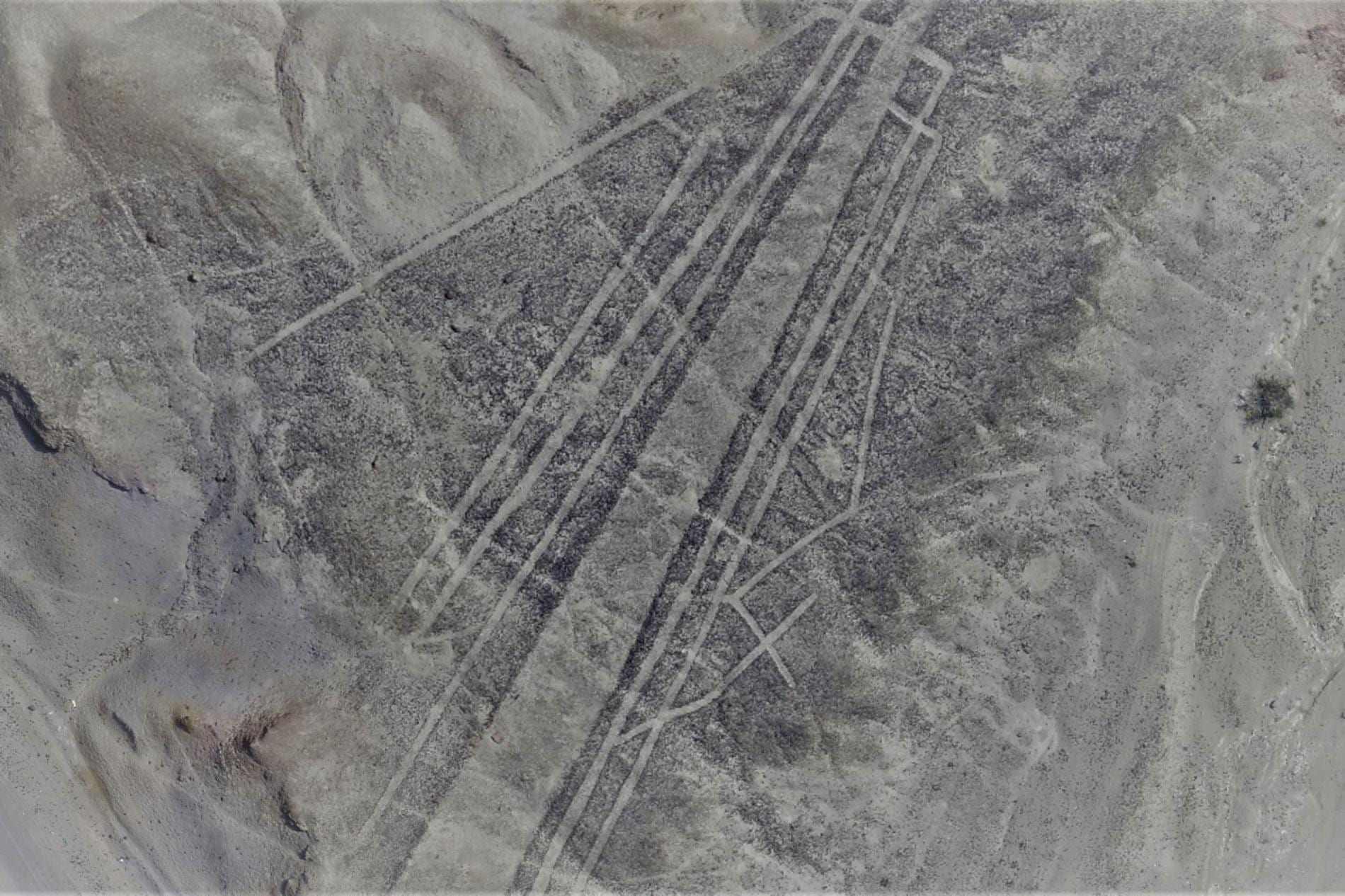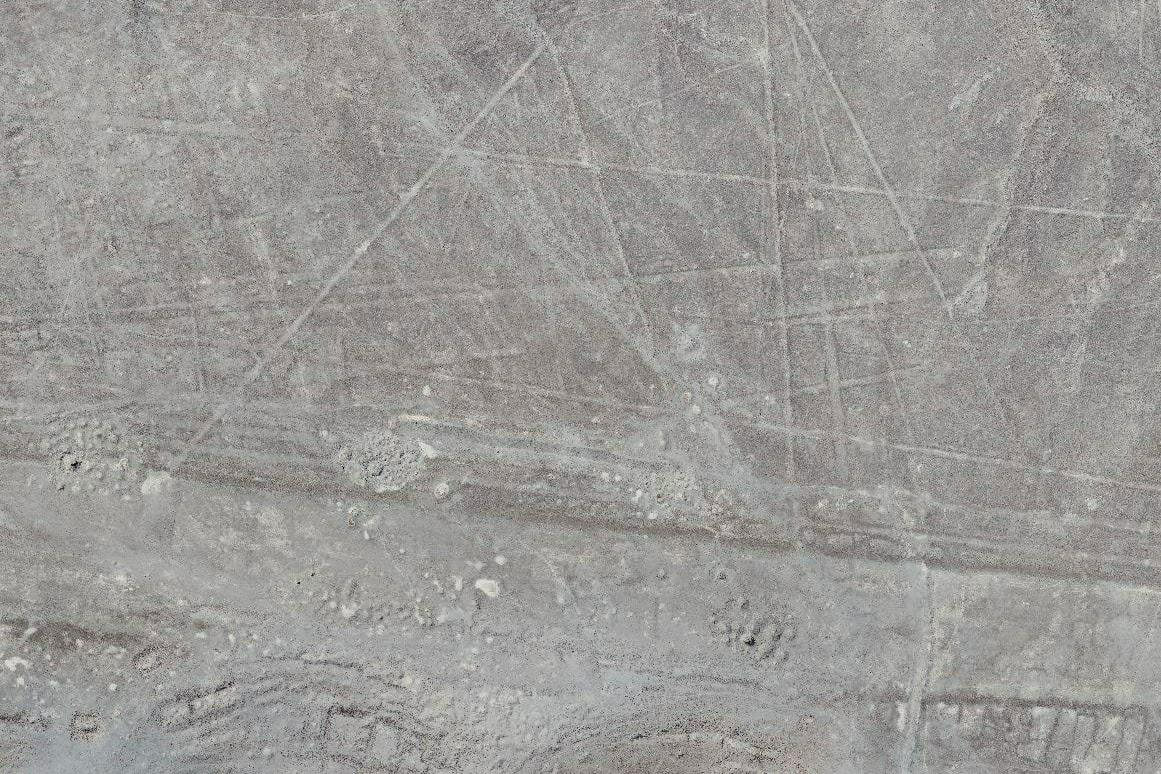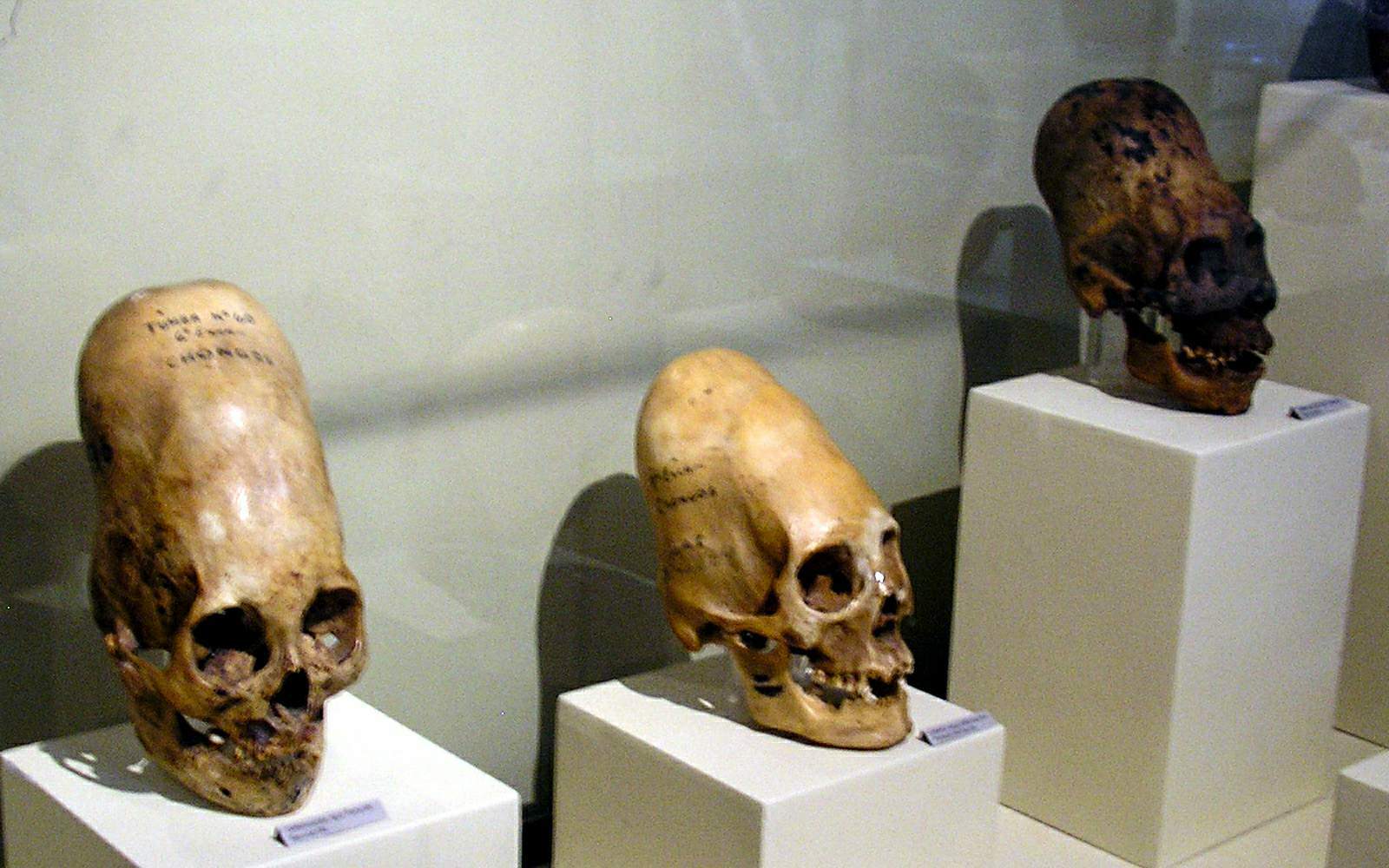Etched into the high desert of southern Peru more than a millennium ago, the enigmatic Nasca lines continue to capture our imagination. More than a thousand of these geoglyphs (literally, ‘ground drawings’) sprawl across the sandy soil of Nasca province, the remains of little-understood ritual practices that may have been connected to their gods or life-giving rain.

But in 2018, Peruvian archaeologists armed with drones discovered more than 50 new examples of these mysterious desert monuments in adjacent Palpa province, traced onto the earth’s surface in lines almost too fine to see with the human eye. In addition, archaeologists surveyed locally known geoglyphs with drones for the first time—mapping them in never-before-seen detail.

Some of the newfound lines belong to the Nasca culture, which held sway in the area from 200 to 700 AD. However, archaeologists suspect that the earlier Paracas and Topará cultures carved many of the newfound images between 500 BC and 200 AD. While many theorists have claim that the mysterious Palpa Lines have been created 1000 years prior to the Nazca Lines.

© COURTESY LUIS JAIME CASTILLO, PALPA NASCA PROJECT
Unlike the iconic Nasca lines — most of which are only visible from overhead — the older Paracas glyphs were laid down on hillsides, making them visible to villages below. The two cultures also pursued different artistic subjects: Nasca lines most often consist of lines or polygons, but many of the newfound Paracas figures depict humans.
It is said that 3000 years ago our ancestors used the flat surface of the mountains and the slopes of the hills to draw huge geometric figures and human representations. Archaeologist today believe that the figures were made to pleased ancient gods, who apparently were believed to control the forces of nature, such as; earthquakes, drought and floods.
Researchers have been able to identify so far, more than 1600 Palpa Lines, and Geoglyphs. These enigmatic figures are a profound mystery and were created by the Paracas people, well-known for their elongated skulls.
The Paracas culture was an Andean society between approximately 800 BC and 100 BC, with an extensive knowledge of irrigation and water management. It developed in the Paracas Peninsula, located in what today is the Paracas District of the Pisco Province in the Ica Region of Peru.

Most information about the lives of the Paracas people comes from excavations at the large seaside Paracas site, first investigated by the Peruvian archaeologist Julio Tello in the 1920s. To this day, the Palpa lines have not been completely mapped and possibly precede in time the Nazca lines by centuries or millennia.




